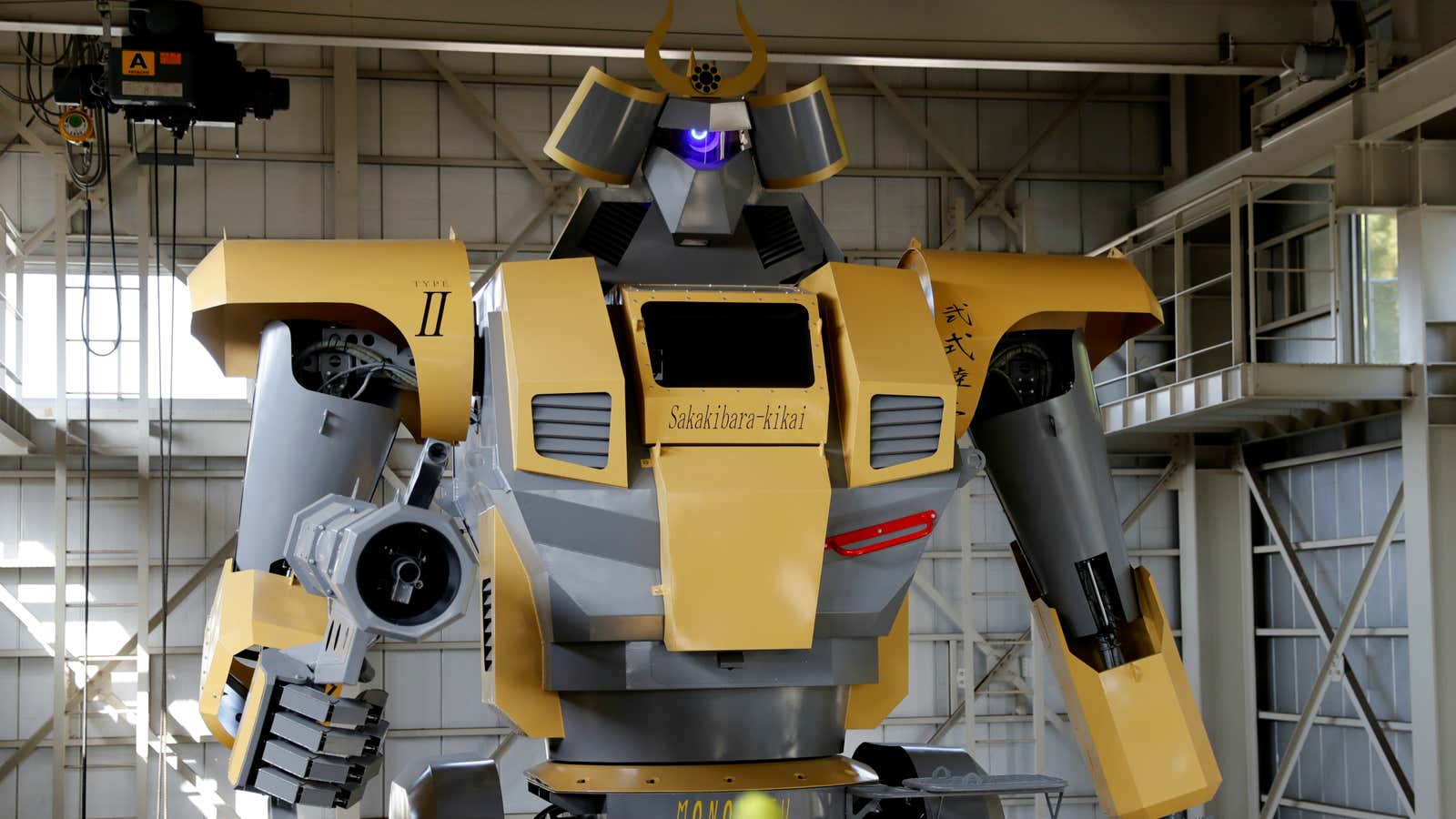A tight job market is forcing US employers to pay more for low-skill workers (paywall). From the 4th quarter of 2017 to 2018, weekly earnings grew by 6.5% for the workers who made in the 10th percentile of earnings—that is, people who made more than 10% of those with a full-time job, but less than 90%. That compares to 5% growth for the median worker.
As paying low-wage workers gets more expensive, it eats into the profits of employers. To keep profits up, and make these new workers worth hiring, some employers are looking to automation, according to the Federal Reserve Bank’s January 2019 Beige Book (pdf). The publication, formally the Summary of Commentary on Current Economic Conditions, is published eight times a year and includes anecdotal reports from the Fed’s 12 regional banks.
People tend to think of automation as a threat to workers, and while that is often true, it is not always the case. Sometimes automation makes people more productive, and thus more valuable. For example, many people worried in the 1980s about the ATM destroying the jobs of bank tellers, but in fact, the number of bank tellers continued to rise into the 2000s. It became cheaper to open new bank branches because of the ATM, and tellers at these branches were freed to provide higher-value functions like selling new products and providing customer service.
In the new Beige Book, the Federal Reserve Bank of Chicago offered the following anecdote: “Multiple manufacturing contacts reported that rising wages for entry-level positions was leading them to invest in automation that would increase these workers’ productivity and justify higher wages.” This makes sense. Working with better robots might make these people produce $20 an hour worth of value rather than $15. Robots can handle some of the most repetitive tasks in a factory, allowing workers to focus on those that require the dexterity of a human (pdf).
Of course, higher wages could lead employers to invest in automation that makes some of these jobs unnecessary. For example, much of the painting and welding that went into making cars, once done by people, is now done by robots. Most of those workers were not reoriented to other tasks, but simply eliminated.
